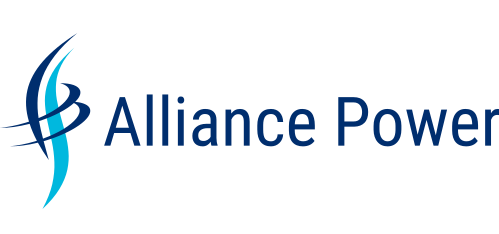Introduction to Information Portals
An information portal serves as a centralized hub for accessing digital resources, streamlining knowledge management, and fostering collaboration across sectors. In the USA, these platforms have become essential for organizations seeking to optimize operations and improve data accessibility. Whether in education, healthcare, or business, information portals act as gateways to vast repositories of information, enabling users to retrieve critical insights efficiently.
Key Features of Modern Information Portals
Modern information portals integrate advanced search capabilities, personalized dashboards, and secure access controls. They support seamless integration with other online platforms, allowing users to manage multiple data sources from a single interface. These features enhance data accessibility and ensure that digital resources are available to authorized users at all times.
Benefits of Using an Information Portal
Adopting an information portal offers numerous advantages, including reduced operational costs, improved decision-making through centralized knowledge management, and faster retrieval of digital resources. By consolidating disparate data into one location, these platforms eliminate redundancies and empower users to focus on strategic tasks rather than manual data searches.
Different Types of Information Portals
- Government Portals: Provide citizens with access to public services, legal documents, and policy updates.
- Educational Portals: Enable students and educators to share research, course materials, and academic resources.
- Business Portals: Facilitate internal communication, project management, and client engagement through integrated tools.
How Information Portals Improve Data Accessibility
Information portals transform the way users interact with data by offering intuitive interfaces and robust search algorithms. For instance, platforms like https://sha-zam.org/ demonstrate how modern solutions can aggregate diverse datasets, making them easily searchable and actionable. This level of accessibility ensures that even complex information becomes digestible, empowering individuals and organizations to leverage digital resources effectively.
Security Considerations in Information Portals
As information portals handle sensitive data, robust security measures are non-negotiable. Features like end-to-end encryption, multi-factor authentication, and role-based access control are critical. Effective knowledge management also requires safeguarding digital resources against unauthorized access, ensuring compliance with regulations such as HIPAA or GDPR.
Choosing the Right Information Portal for Your Needs
Selecting an information portal depends on specific requirements, such as scalability, user experience, and compatibility with existing systems. Organizations should prioritize platforms that offer customizable modules, strong data accessibility features, and seamless integration with other online platforms to maximize efficiency.
Case Studies: Successful Information Portals in the USA
From state-level initiatives like the National Archives’ digital repository to corporate solutions like IBM’s enterprise portal, real-world examples highlight the transformative impact of information portals. These case studies underscore the importance of aligning portal design with organizational goals while prioritizing data accessibility and user engagement.
Emerging Technologies in Information Portals
- Artificial Intelligence: Enables predictive analytics and automated content curation for improved knowledge management.
- Blockchain: Enhances data integrity and transparency in digital resource sharing.
- Cloud Computing: Allows scalable storage and real-time access to information across global locations.
Challenges in Implementing Information Portals
Despite their benefits, implementing information portals can face hurdles such as high initial costs, resistance to change, and technical complexities. Ensuring smooth adoption requires clear communication, training programs, and continuous evaluation of the platform’s ability to meet evolving data accessibility needs.
Best Practices for Managing Information Portals
Regular updates, user feedback loops, and rigorous testing are vital for maintaining an effective information portal. Prioritizing data accessibility, ensuring consistent performance, and aligning the platform with organizational objectives will help sustain long-term success in knowledge management and digital resource utilization.
The Role of Information Portals in Education
In education, information portals serve as virtual libraries, connecting students and educators to scholarly articles, e-books, and interactive learning tools. By centralizing digital resources, these platforms support personalized learning experiences and foster a culture of continuous knowledge management within academic institutions.
Information Portals and Business Efficiency
For businesses, information portals streamline workflows by consolidating internal communications, project tracking, and customer data. Enhanced data accessibility reduces time spent on manual tasks, allowing teams to focus on innovation and growth. Integrating these platforms with existing online tools further amplifies productivity gains.
Future Trends in Information Portal Development
The future of information portals lies in hyper-personalization, AI-driven insights, and seamless interoperability with emerging technologies. As demand for data accessibility grows, platforms will increasingly prioritize user-centric designs, ensuring that digital resources remain accessible, secure, and adaptable to changing needs in knowledge management and beyond.
